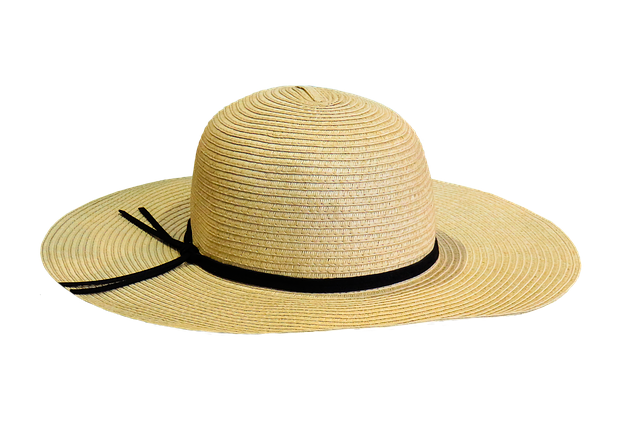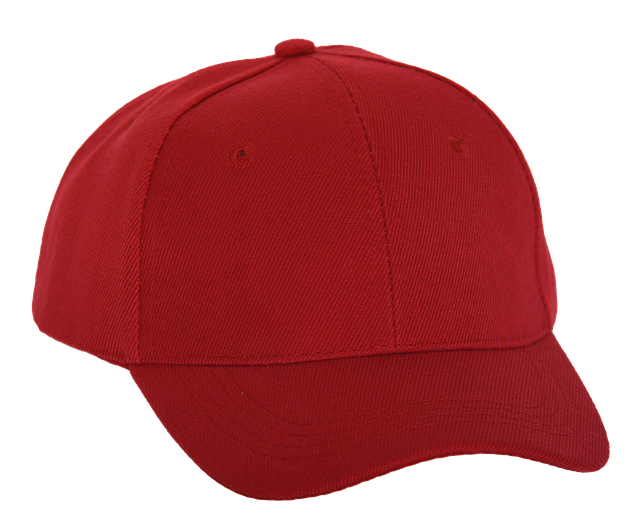Difference Between Cap and Hat
A cap and a hat are historical head-gears that have been worn for many years and for different purposes. However, they are usually mistakenly used interchangeably by those clueless about their differences. Although the look almost alike, there are key differences between these head coverings as the article discloses.

What is hat?
A hat is a first headgear and it gives a sense of authority when worn. Originally, it was worn for purposes of shading the sun and giving warmth. Nowadays it used as a bold fashion statement where women and men wear to numerous occasions. In some parts of the world, the hat is being used to denote ranks among law enforcement officers or as part of the uniform. Other societies wear hats for religious or ceremonial gatherings and purposes.
The hat is characterized by a shaped crown and a brim that circles it. It does not have the visor as does the cap. Hats are available in different sizes and shapes. Women-specific hats, for instance, have decorations and wider brims. Women are accustomed to wearing hats more than men do due to the main reason of shading the sun because the harmful UV rays can damage their skin tones.
In police or military departments, the stylistic difference between women and men hats is insignificant. The main purpose, which is rank denotation, is important. These hats generally have small brims. The hats designed to shade the sun have broader rims to protect the face from UV rays.
Some common types of hats include the bowler hat, Fedora hat, Panama hat, cloche hat, cowboy hat and top hat. This emergence of different types of hats has evolved recently. Each type of the hat may bear a different shape with the brim being the crux of the differences.
Different materials can also be used in making hats. Oftentimes, hats materials are sturdier compared to caps. Natural fabrics such as wools and cottons may be used in knitting hats. However, the use of synthetic fabrics has gained momentum due to several modifications that protect against the outdoor elements. Some synthetic materials are waterproof.
Moreover, hats seldom have adjustors to fit everyone’s sizes. As thus, bigger sizes are recommended to avoid outgrowing their sizes.
When caring about the hats, do not pick them up by the crown. A continued habit may deteriorate the shape of the crown. Instead, grab it by the brim. And when washing, avoid abrasive brushes that could temper with longevity of your hat. If the hat is coated with DWR, brushing can scrub the water repellent coating.

What is Cap?
A cap is basically a brimless type of a hat. Its distinction is seen with the peak and the visor at the front. Old school caps used to have a mesh at the back and the visor. Today’s designs come in different sizes and designs, but the shape remains uniform all over. Note that the knitted ski caps may have no visors, which can be confusing if visors are the only identifications of caps. The clear distinction is that caps never have brims.
Like hats, caps are worn for different purposes. The visor plays a significant role of blocking the sunlight to the face. Depending on the material used for construction, caps can provide warmth during winter seasons. The caps with vents help ventilate the head and reduce any accumulation of sweat because caps fit snugly on the head. The have a flat crown that fits tightly on the head.
Different types of may come with varying enclosures. It could be Velcro, elastic or plastic at the back. The size does not really matter when purchasing caps because they are adjustable to fit everyone’s head. The common cap types include baseball cap, cricket ball cap, and golf cap.
Unlike hats, caps do not denote ranks and are seldom used as uniform except in sport. The crown of the caps is hard for embroidery purposes, especially for sports teams. The visor is also hard to successfully block sunlight.
Caps are originally worn by men. Some cultures forbid women from putting on caps. Nowadays, both men and women can wear caps in a quest to make a bold fashion statement. They come in different designs and colors appealing to both genders.
Differences between a Hat and a Cap
Definition
Hat – a headgear characterized by different brim sizes and shaped crowns with no visor
Cap – a headgear characterized by an unshaped flat crown, a peak and a visor. It does not have a brim. A cap is soft.
Shape
Hat – it’s a circular shaped covering with a shaped crown and a brim encircling it.
Cap – it’s a covering with no shaped crown. Its crown fits snugly on the head
Use
Hats – used to shade the sun, make a fashion statement, worn for ceremonial or religious purposes. They can also be worn as part of uniform usually by military and police personnel. The hat can denote ranks within such law enforcement positions.
Caps – They can be used to block sunlight to the face. Different designs allow for use as a fashion headgear. Women rarely put on caps unless it’s in sport as caps are prevalent in baseball, cricket and golf.
Comparison Table to show the difference between Hat verses Cap

Summary of Cap Vs. Hat
- a hat has a shaped crown with brim of different sizes depending on the type of the hat while a cap has a flat crown that fits snuggly on the head. The cap does not have a brim
- a hat does not have a visor or a peak but the cap does
- cap is usually worn in sports such cricket ball and golf whereas the hat is worn mostly as part of uniform, fashion, ceremonial or religious purposes
- a cap usually has adjustors to fit any head size whereas the hat does not have adjustors. As thus, a proper size, usually bigger, is recommended.
- A hat shades the sun while the cap blocks sunlight with its visor.
- Difference Between CBD and Indica - April 22, 2019
- Difference Between Unilateral Contract and Bilateral Contract - February 8, 2019
- Difference Between Polki and Kundan - December 15, 2018
Search DifferenceBetween.net :
1 Comment
Leave a Response
References :
[0]Harrison, M. (1960). The History of the Hat. Herbet Jenkins.
[1]Amphlett, H. (2012). Hats: A History of Fashion Headwear. Courier Corporation. Page 310. (16 Nov. 2012).
[2]Image credit: https://pixabay.com/en/hat-head-red-helmet-cap-2525910/
[3]Image credit: http://maxpixel.freegreatpicture.com/Straw-Hat-Summer-Sun-Hat-Sun-Protection-Hat-1625676

Thank you for this post. It’s somehow helped me and my business. I sell custom made hats and caps that’s why I’m finding this article really helpful.